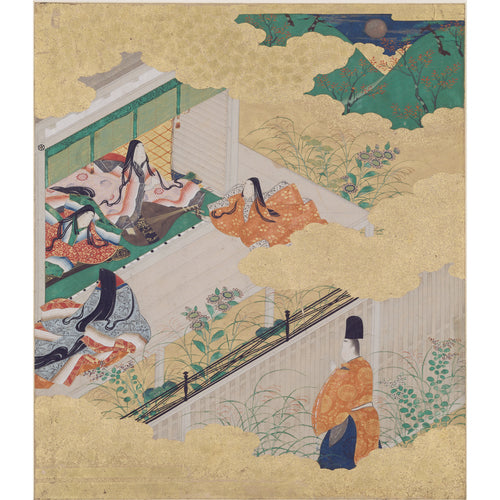Hashihime Chapter from The Tale of Genji(Important Cultural Property/Kyoto National Museum)
NHK's hotly anticipated historical drama, Dear Radiance will air in 2024. Set in the Heian period, this story centers around the author of what is considered the world's oldest novel, "The Tale of Genji" written by Murasaki Shikibu.
In honor of the shows broadcast, we have prepared special texts to be released throughout the year, assisting you to understand the world that these characters lived in. The article's will mainly feature research on the kimonos that would have been worn, and the colors that were popular.
We hope to help you immerse yourself in this literary masterpiece by hosting exhibitions inspired by the Heian Era. We will be showcasing the formal attire of Heian-era courtly ladies, known as Junihitoe. We invite you to come and see traditional Yusoku textiles, which are faithfully reproduced in color and weave.
Exhibiton:January 9th-18th 2024
Location:Ginza Motoji Waori Wasen
Time:11:00~19:00
What is "The Tale of Genji"?
The Tale of Genji is a lengthy novel created by Lady Murasaki Shikibu during the mid-Heian period, spanning 54 volumes. The central character of the story is the exceptionally handsome Hikaru Genji. While his glamorous name may give the impression of a dazzling figure, his background is somewhat complex. Despite being born as an imperial prince, he faces unfortunate circumstances leading him to fall from grace.

The Illustrated Diary of Lady Murasaki (Reproduction)
Based on the 13th Century Manuscript Tokyo National Museum 1919
The story portrays the romantic entanglements of Genji with numerous women, though despite this its appeal goes beyond being a mere love story. One of the significant charms of this work lies in its intricate character development, exploring the inner struggles and conflicts of characters, particularly Hikaru Genji himself. Alongside this, the novel beautifully depicts the social structure of aristocratic society at the time and the customs of the Heian period. Due to these elements and its ability to paint a vivid picture of the era with delicate prose, it continues to be cherished by readers as a masterpiece of Japanese literature. Notably, The Tale of Genji is known for its rich use of colors intricately intertwined with the narrative. Various colors are used as a means to depict the progression of the story and the emotions of the characters.

Lady Murasaki,TORII,Kiyonaga Tokyo National Museum 18th Century
Murasaki's exceptional literary talent was inherited from her cultured family lineage, as her great-grandfather was Fujiwara no Kanesuke, one of the Thirty-Six Immortal Poets (Sanjūrokkasen). Her father, Fujiwara no Tadatoki, was a middle-ranking noble who served as a local provincial governor and was also a scholar and poet who taught Chinese literature to the 65th Emperor, Emperor Hanazono.
Murasaki Shikibu's mother passed away at a young age, therefore she was raised by her father, Tadatoki. As a child she displayed a remarkable talent for literature and had read all the books in her household. Her astonishing memory and abilities led her father to lament, "If she were a boy, she could have been my successor".

The Illustrated Diary of Lady Murasaki (Reproduction)
Based on the 13th Century Manuscript Tokyo National Museum 1919
Eventually, Murasaki Shikibu married Fujiwara no Nobutaka, who was significantly older than her, later conceiving a daughter. However, their marriage did not last long, as her husband passed away suddenly, leaving her a widow. Overcoming this difficult situation, she began writing what would become "The Tale of Genji" utilizing her literary talent.
The allure of Genji quickly spread by word of mouth, and it eventually reached the ears of the influential Fujiwara no Michinaga, who was a powerful figure of the time. He arranged for Murasaki Shikibu to become a lady-in-waiting to his daughter, Akiko, who later entered the court of Emperor Ichijō.

The Illustrated Diary of Lady Murasaki (Reproduction)
Based on the 13th Century Manuscript Tokyo National Museum 1919
At that time, there were many high-ranking ladies-in-waiting n the court. So, why did Fujiwara no Michinaga favor Murasaki Shikibu's talent over her social status? It appears that this decision was deeply connected to the power struggles within the Fujiwara clan, revolving around the succession to the throne of Emperor Ichijō.
Originally, Emperor Ichijō had married Fujiwara no Michitaka's daughter, Teishi, Who was known for having the author of The Pillow Book , Sei Shonagon, as one of her ladies-in-waiting. She was highly intelligent, and her close relationship with the Emperor earned her deep affection.
In pursuit of a closer familial connection to the Emperor and to vie for power, Fujiwara no Michinaga's daughter, Akiko , entered the court as an unprecedented second empress. At the age of only 12, Akiko was selected as the lady-in-waiting for education by appointing the talented Murasaki Shikibu in order to compete with Teishi in the realm of culture and intellect.

The Illustrated Diary of Lady Murasaki (Reproduction)
Based on the 13th Century Manuscript Tokyo National Museum 1919
Due to her reserved personality, Murasaki Shikibu was not initially enthusiastic about serving in the imperial court. It is said that it took her some time to acclimate to life as a lady-in-waiting. Moreover, due to the jealousy of many other ladies-in-waiting who envied Murasaki Shikibu's talent, she did not flaunt her extensive knowledge and instead maintained a low-profile.
Despite this, Murasaki Shikibu was honest and forthcoming in her writing. Her diary known as Murasaki Shikibu Nikki reveals in detail her time spent in the imperial court. One of the most famous examples of this is her criticism of her rival, Sei Shonagon. In contrast to the modest Murasaki Shikibu, Sei Shonagon was outgoing and unhesitant in expressing herself, and Murasaki Shikibu's diary contains sharp criticisms of her. However, it is worth noting that the periods during which Murasaki Shikibu and Sei Shonagon served at the court did not entirely overlap, so the extent of their personal acquaintance remains somewhat veiled in history. It will be interesting to see how their relationship is portrayed in Dear Radiance on NHK.
References
MITAMURA, Masako
Murasaki Shikibu's 'The Tale of Genji': Will Feelings Be Conveyed - NHK 2015
YOSHII, Miyako
Murasaki Shikibu, Starting a Conversation: The Front and Back of the Heian Court Shufu to Seikatsu 2023
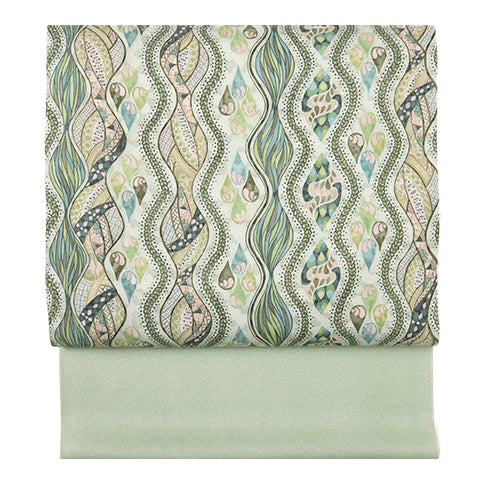 名古屋帯
名古屋帯
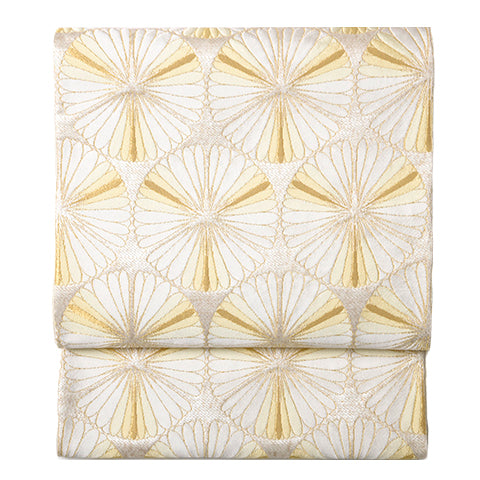 袋帯
袋帯
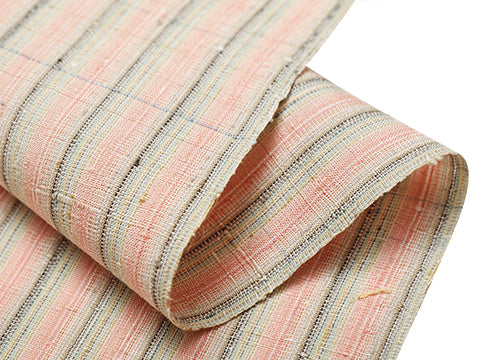 紬・綿・自然布
紬・綿・自然布
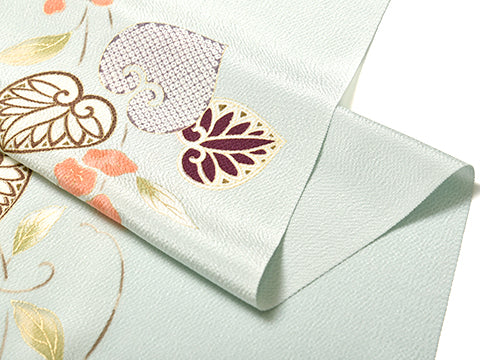 小紋・江戸小紋
小紋・江戸小紋
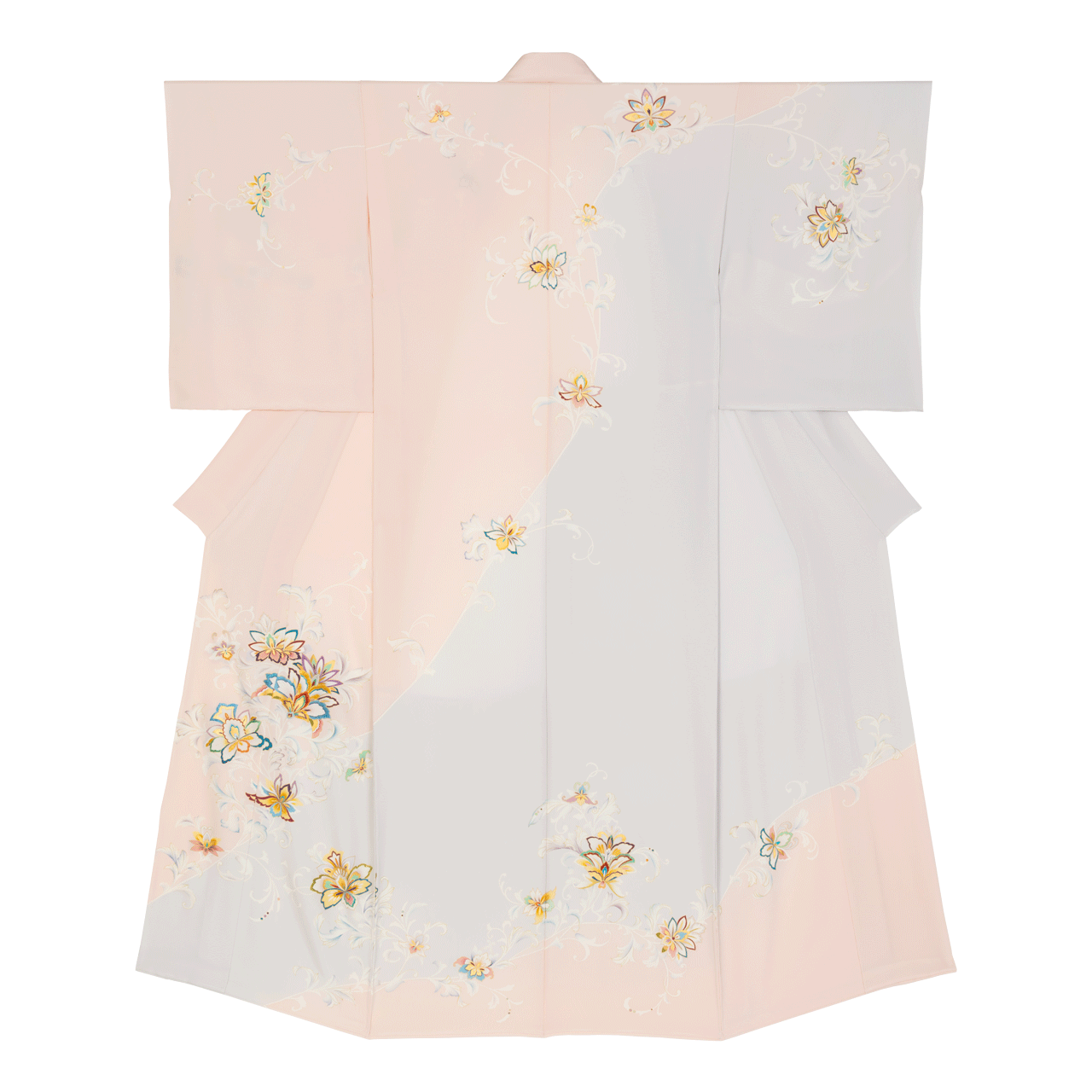 訪問着・付下げ・色無地ほか
訪問着・付下げ・色無地ほか
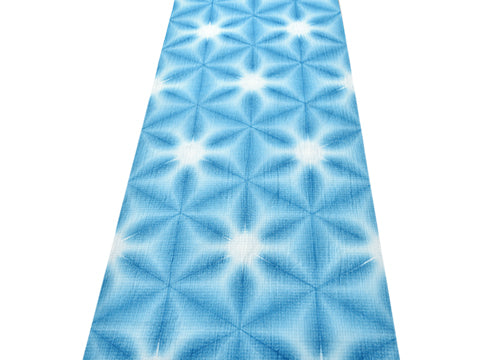 浴衣・半巾帯
浴衣・半巾帯
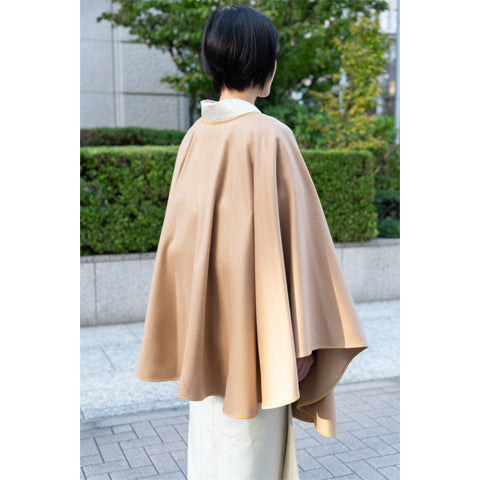 羽織・コート
羽織・コート
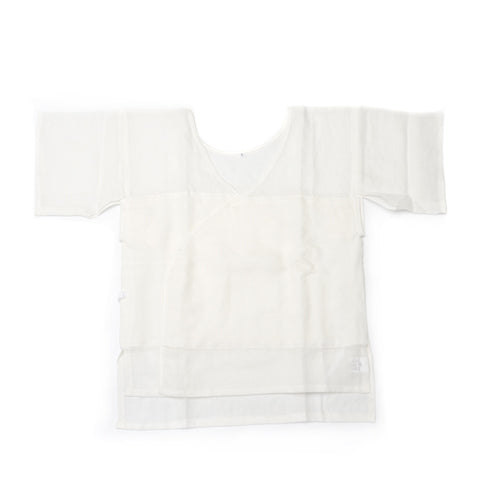 肌着
肌着
 小物
小物
 履物
履物
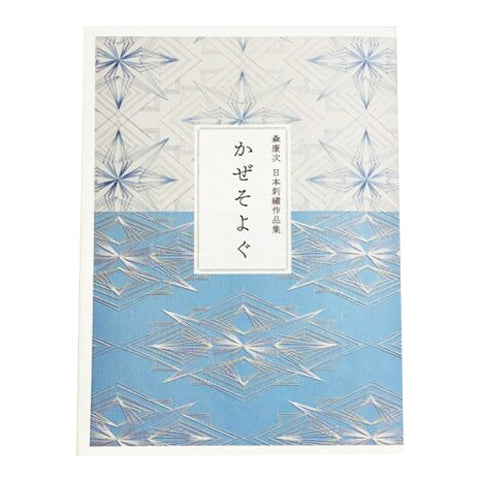 書籍
書籍
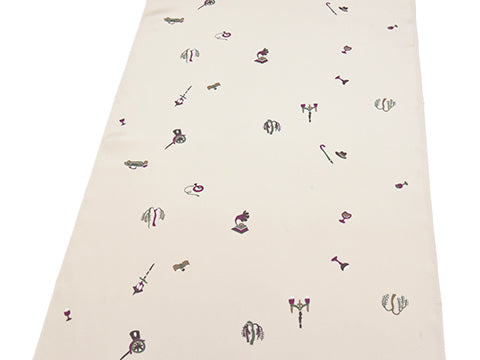 長襦袢
長襦袢
 小物
小物
 帯
帯
 お召
お召
 小紋・江戸小紋
小紋・江戸小紋
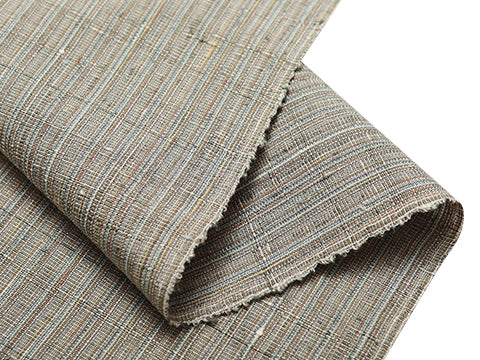 紬・綿・自然布
紬・綿・自然布
 袴
袴
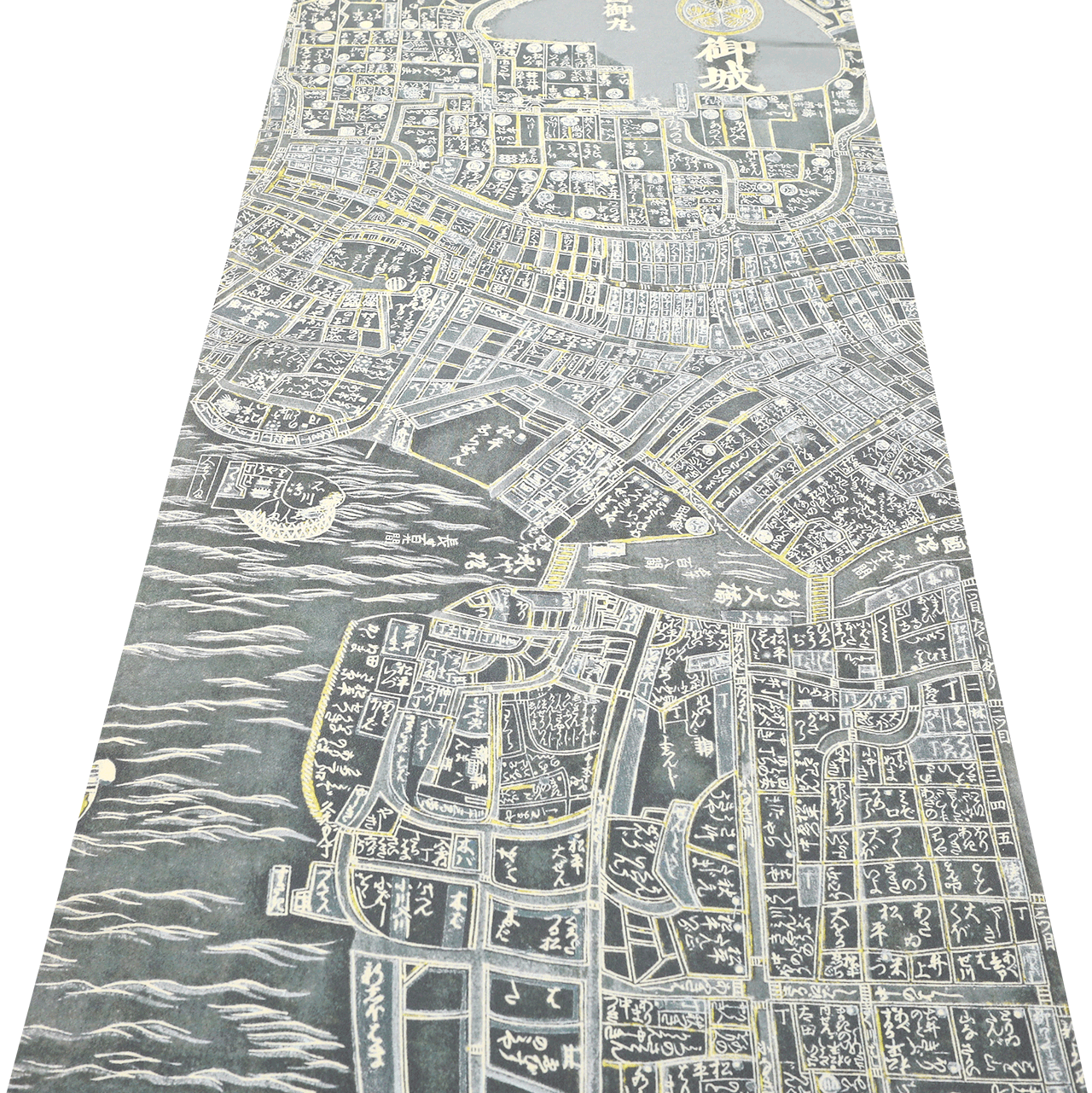 長襦袢
長襦袢
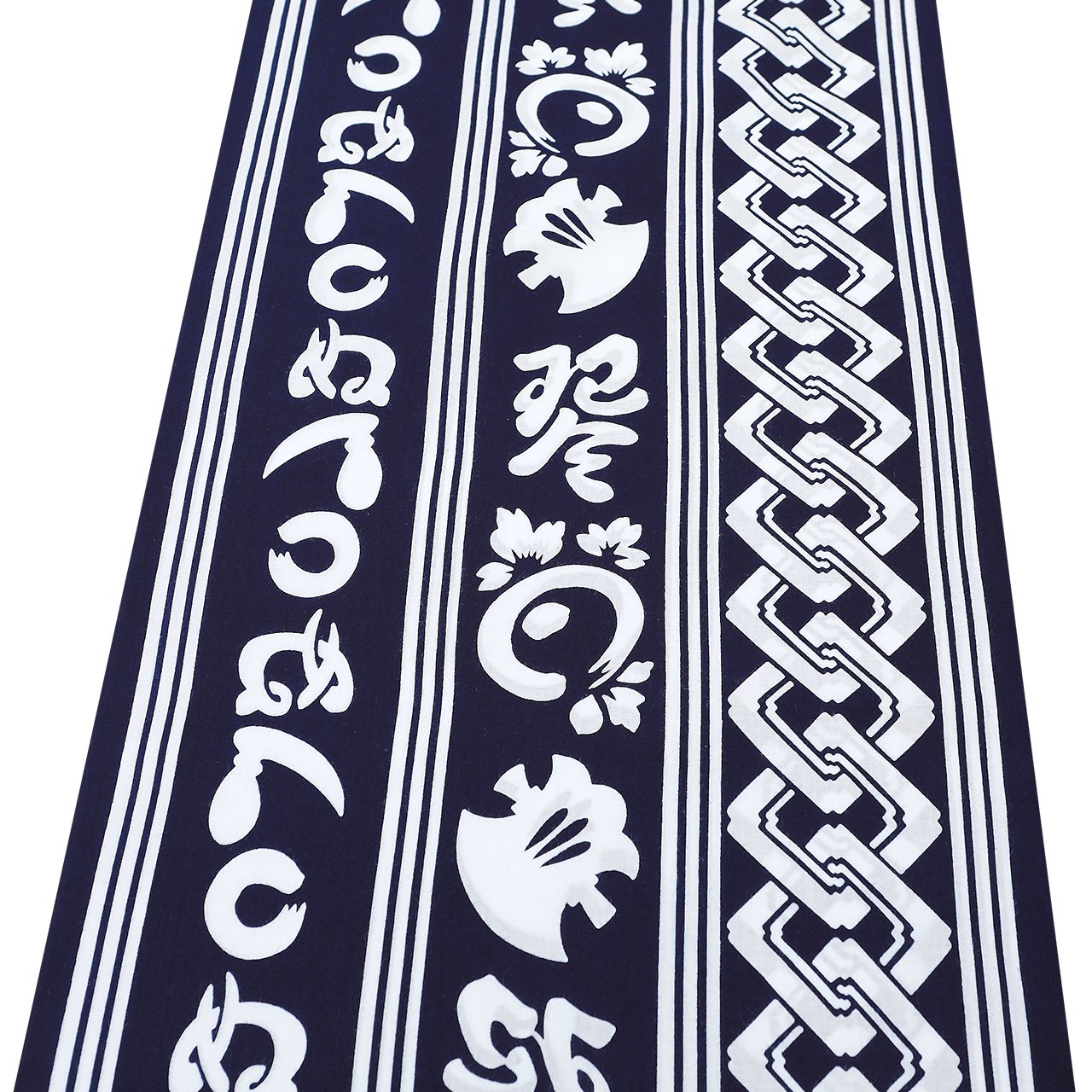 浴衣
浴衣
 羽織・コート
羽織・コート
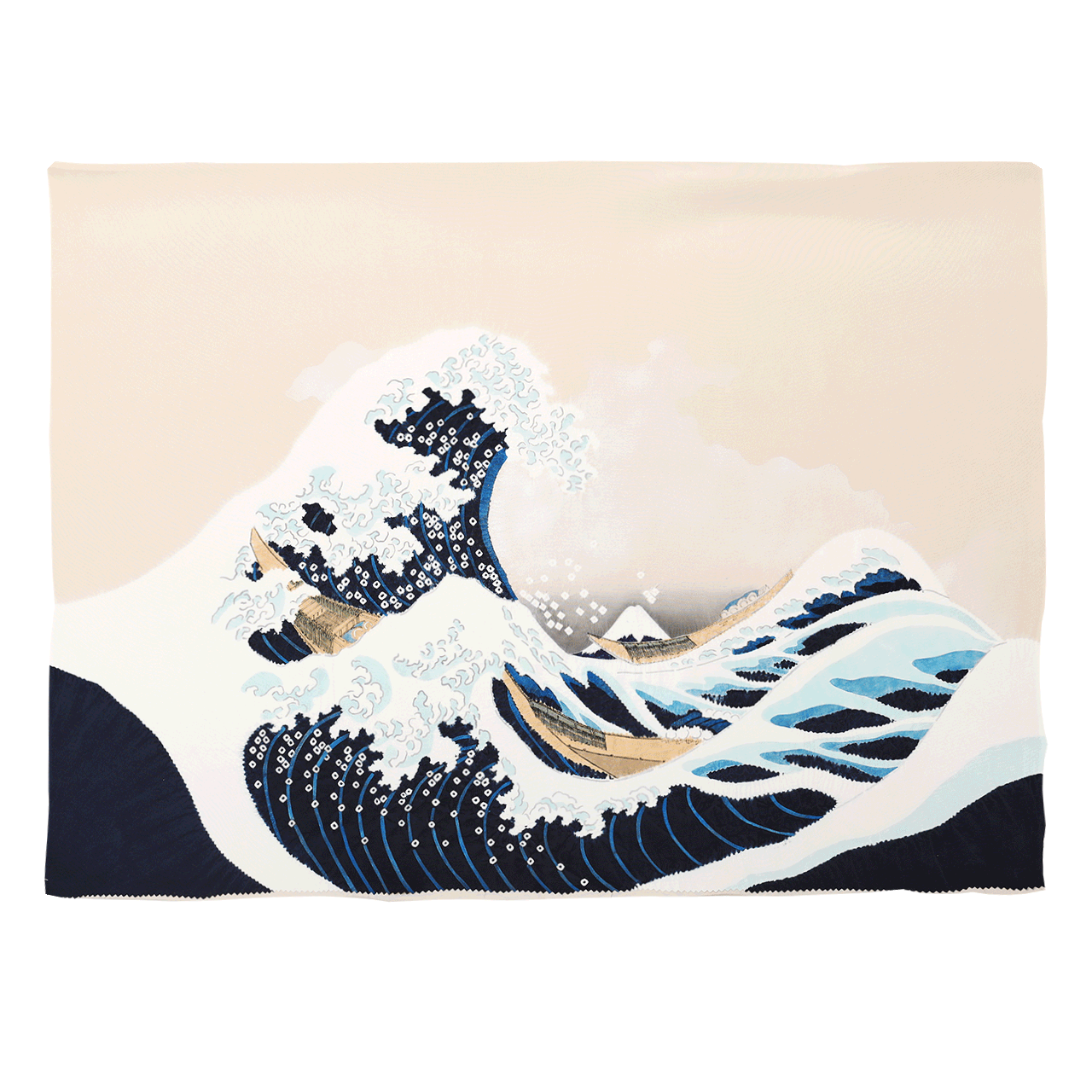 額裏
額裏
 肌着
肌着
 履物
履物
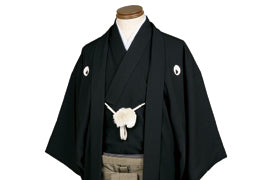 紋付
紋付
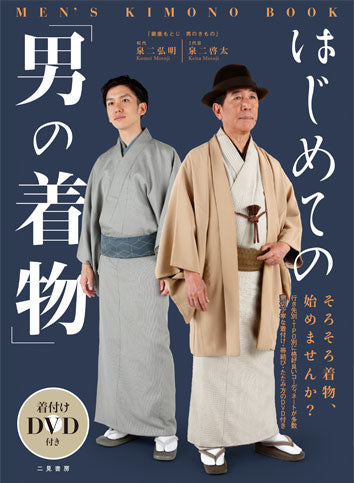 書籍
書籍
